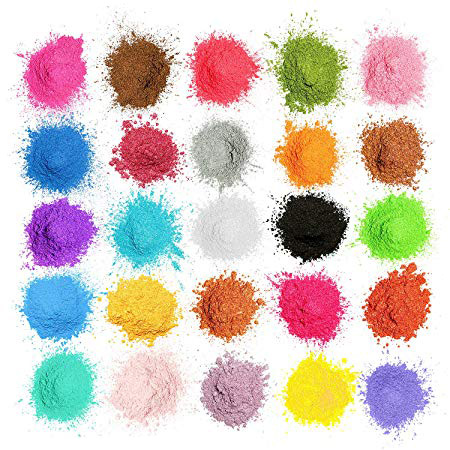Pigments
pigment is a material that changes the color of reflected or transmitted light as the result of wavelength-selective absorption. They are finely ground natural or synthetic, insoluble particles used to impart color when added to paints and coatings formulations.
This physical process differs from fluorescence, phosphorescence, and other forms Of luminescence, in which a material emits light. Pigments appear colored because they selectively Reflect and absorb certain wavelengths of visible light. Pigments are solid and have different Shapes and sizes.

Major Application of Pigments
Major uses of pigments are in lacquers, oil paints, varnishes, cellulose paints, plastic paints, inks For coloring and dyeing of iron and steel, buildings, metal buildings, vehicles, iron bridges, ships, Railways and factory machines. The coatings industry is the most widely used pigment. Nowadays, surface coating of metal and wood is very important for buildings, vehicles and… Because these materials are protected by paint from various factors such as air, moisture, Improved strength and adhesion to the paint layer and chemical compounds. Painting objects Helps to make them more beautiful.
The most important features to consider when choosing a pigment are:
Transparency or opacity
Staining
Dispersion
Toxicity
Heat Stability
Resistance to acids and alkalis
Tinting strength
Interactions and reactions between pigments
